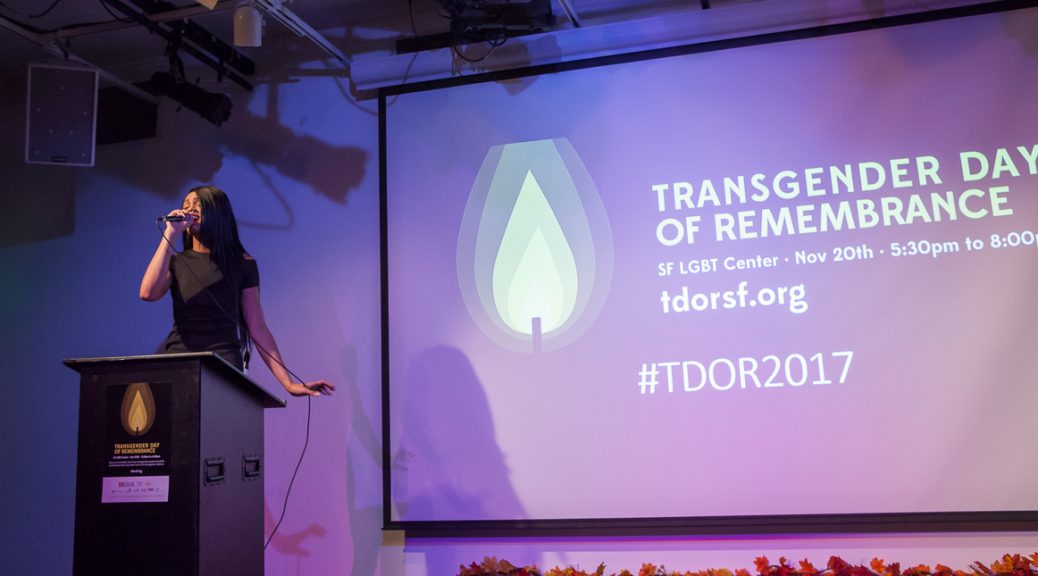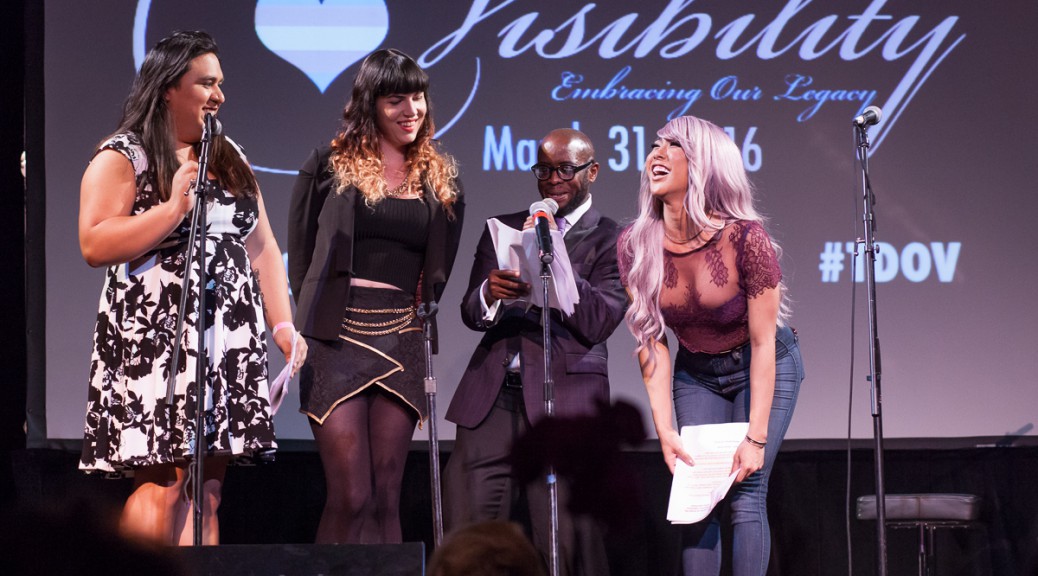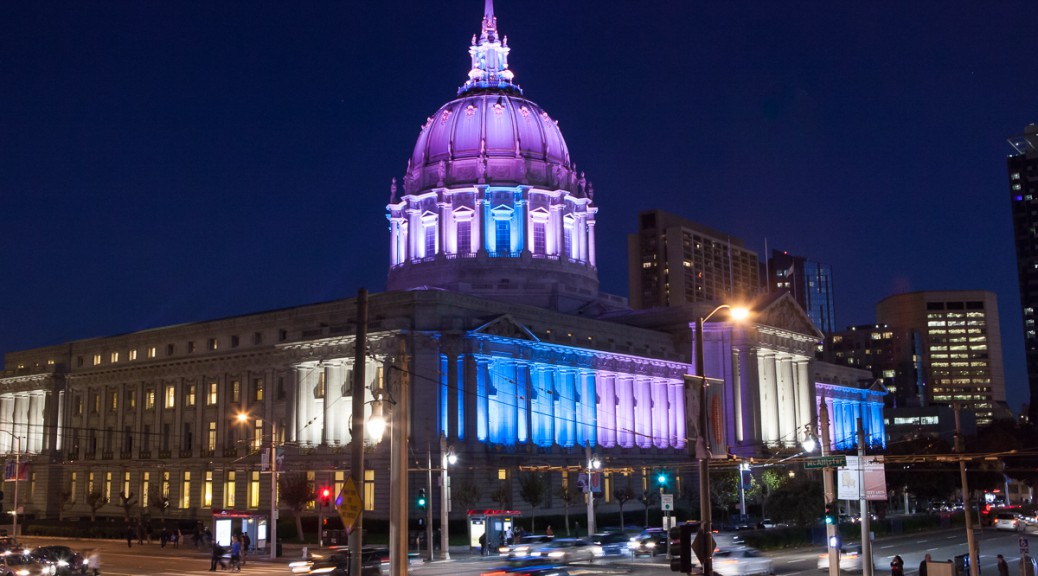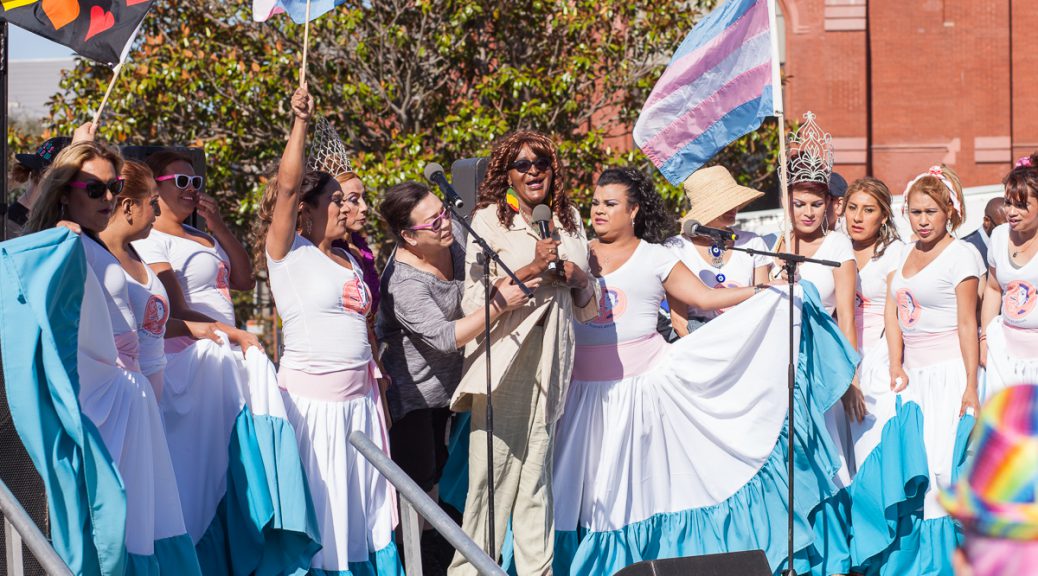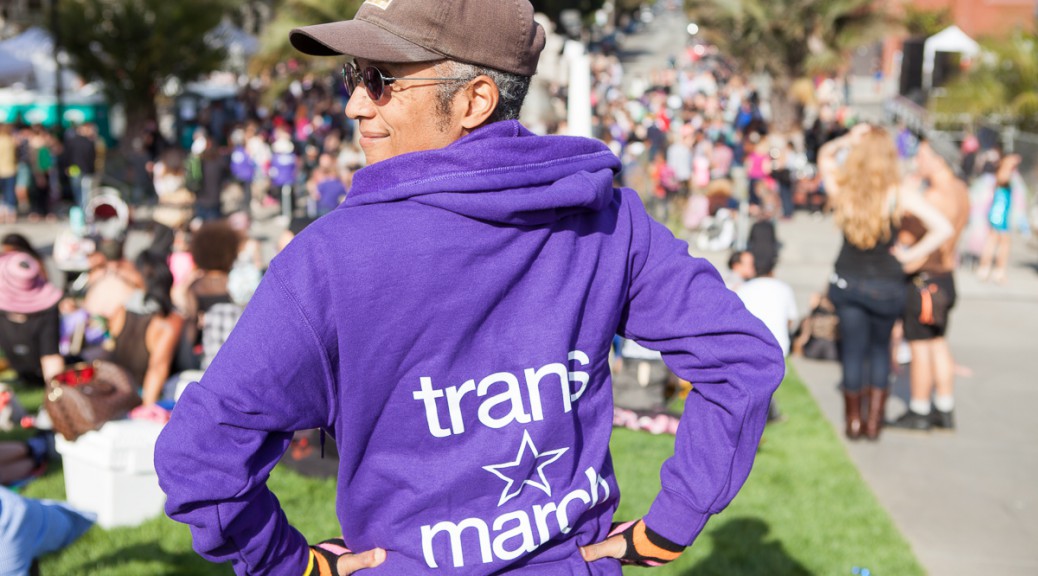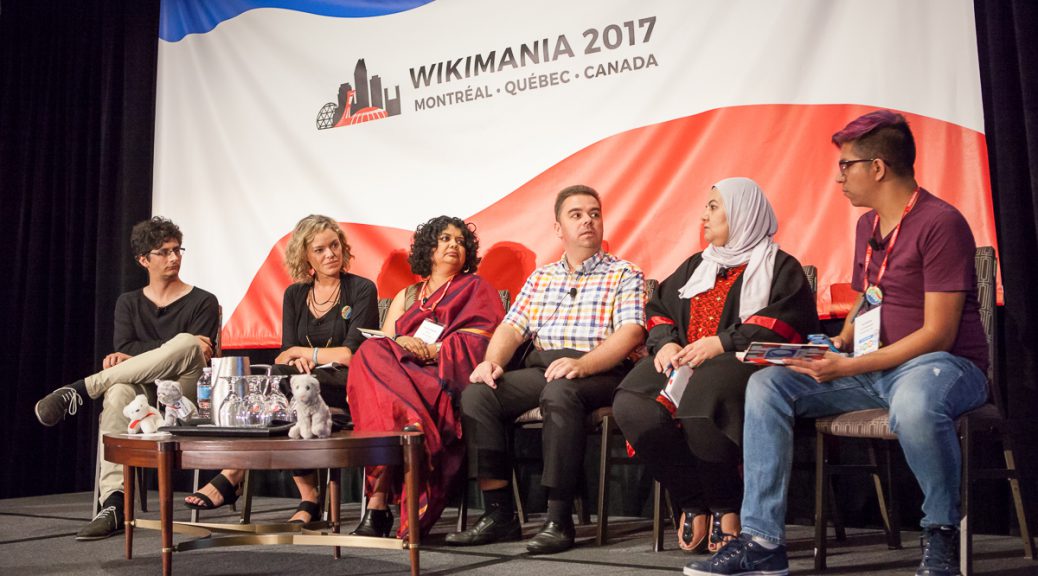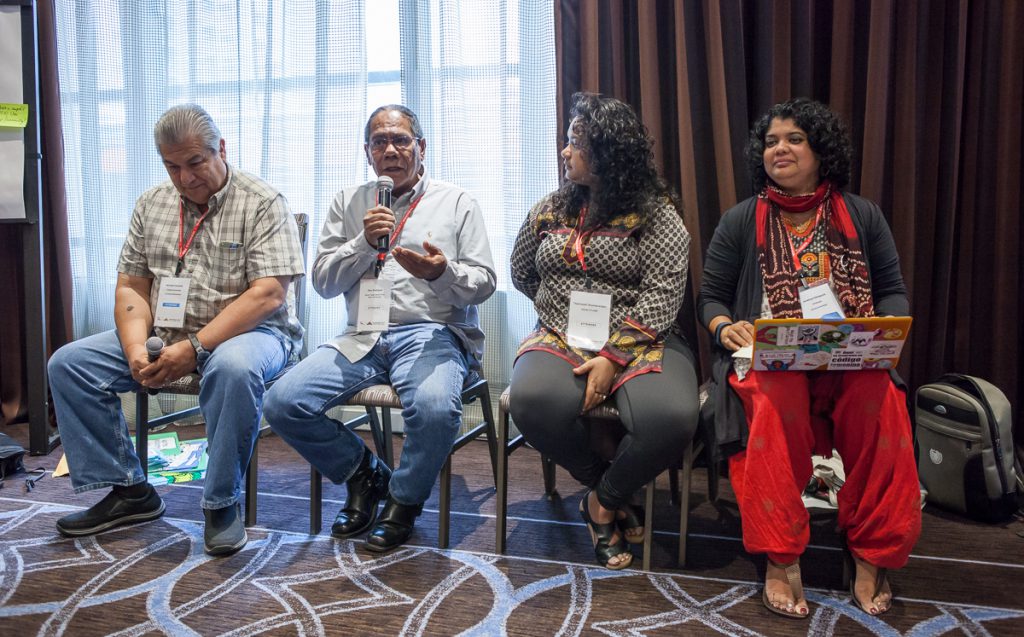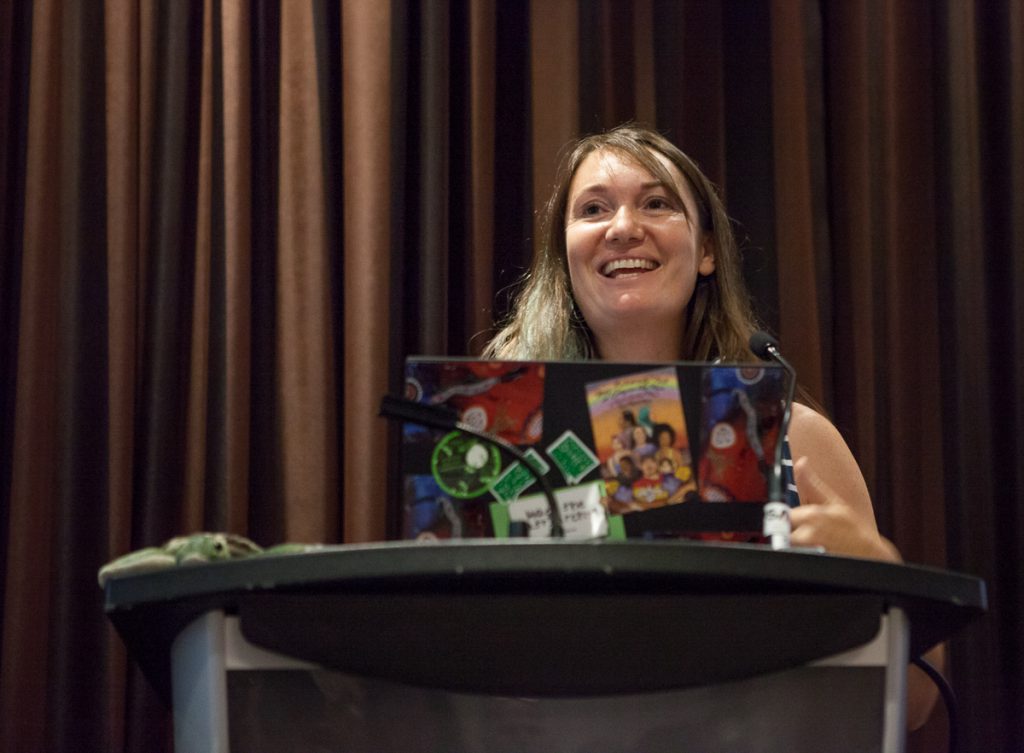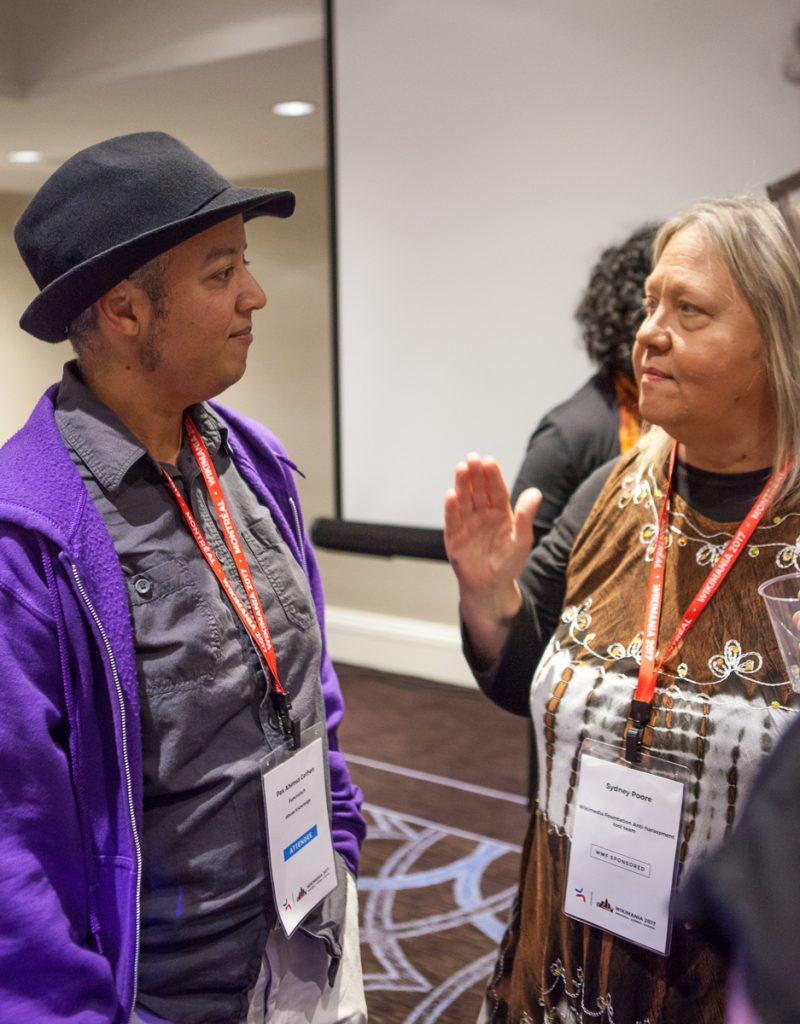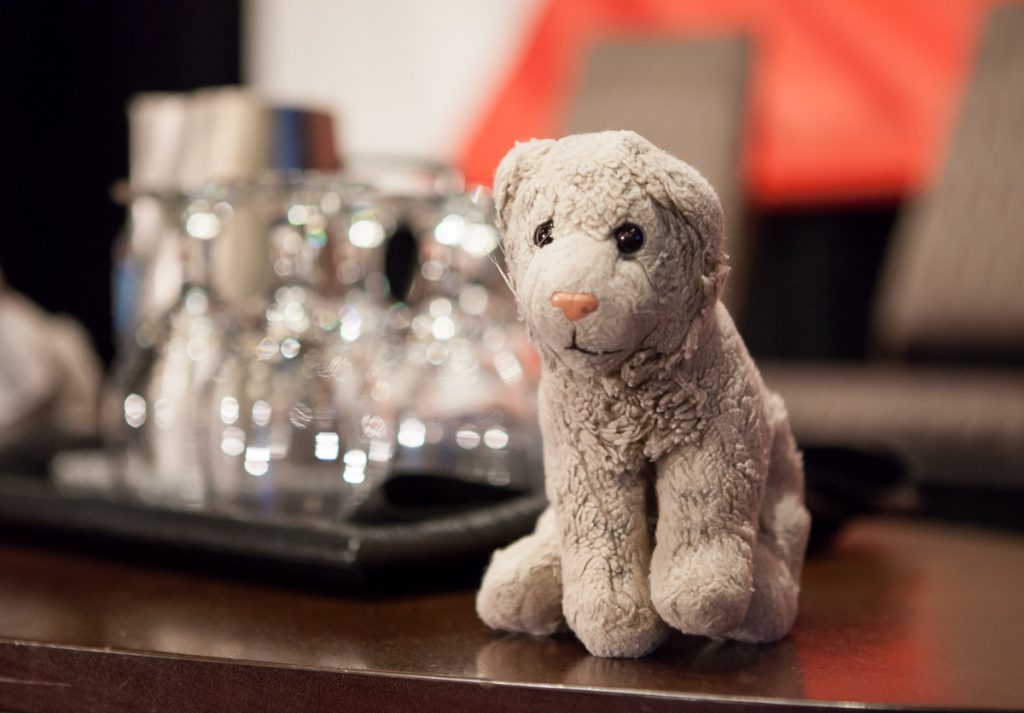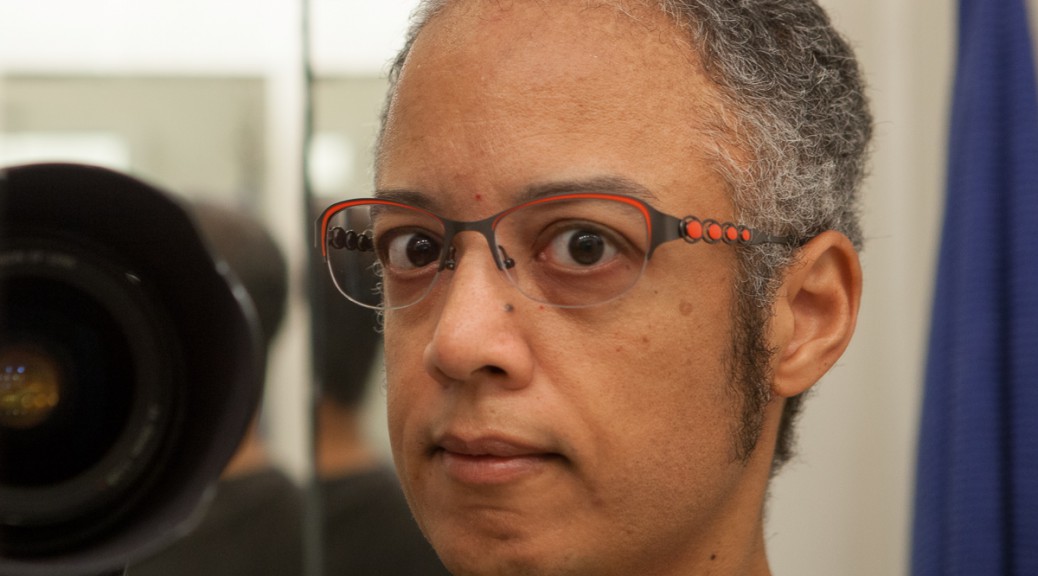[Image: Self-portrait of Pax wearing glasses with red and black frames.]
Content note: Medical issues, including needles.
Yes, I did mean literally in that title. For the past three weeks I have been dealing with pain in my rear from a trans-related medical procedure. This has disrupted my life far more than I expected it would, and made me even more depressed about being trans. I’m sharing this experience not to seek pity, but in the hopes it will be informative and useful to others.
Background: I started on testosterone therapy with biweekly intramuscular injections in January 2014. After being trained and doing them myself at home for awhile, I began having greater and greater difficulty, to the point where I had my partner Ziggy take over administering my shots last October (though I still prepped and filled the syringes myself). I was not happy with this solution, nor with the prospect of being stabbed with a needle every other week for the rest of my life, so I investigated alternatives.
After working with doctors to adjust my dosage and get my hormone levels in a good range (as both my testosterone and estrogen levels were too high), I got a referral to a doctor who would administer Testopel, testosterone pellets that are implanted in the buttock fat every 3-4 months. I’d researched this previously, reading specifically the experience of trans guys who’d had it done, and it seemed like a superior option to injections. You can see a video of the procedure on YouTube (not for the squeamish, and contains some information likely only of interest to doctors).
It took some wrangling with the insurance company to get them to cover this, but eventually they agreed and I scheduled an appointment for the procedure, which occurred on June 16. The injection of lidocaine to numb the area was painful, but I knew that it would be. Once numbed up I felt no pain during the procedure, as the doctor implanted ten pellets into my right buttock. He bandaged me up and I was fine walking home and for the rest of the day.
I knew the area would be sore for a few days once the lidocaine wore off, but I was not prepared for the level and duration of pain I experienced. I don’t think I have a particularly low or high pain threshold, but I rarely take painkillers unless I’m in significant distress, preferring to rest when possible and not mask pain that might be a sign of something seriously wrong. Bottles of ibuprofen, acetaminophen, and aspirin in our medicine cabinet normally expire long before they’re used up. But after the Testopel implants, I used more painkillers in one week than I had in the previous year. I also used ice packs.
After five days of the pain not letting up at all, I was worried I had an infection. Though the doctor didn’t think I did without other symptoms (like a fever), I got another appointment for him to look at it. He didn’t take the bandages off as he didn’t want to disturb the healing, but said it looked like I was just bruised. He said I could take a lot higher dosage of painkillers and combine ibuprofen and acetaminophen, and I did so, and also increased the use of ice packs.
I took the bandages off after 10 days and thought I was out of the woods, but the pain kept coming back. I still didn’t have any other symptoms, but I was worried enough to call the doctor again two days ago, when I woke up with intense pain. They didn’t call me back this time. Fortunately, the pain once again subsided, but I’m on edge worrying that it could come back at any time.
This experience has made me more aware of the suffering of people who deal with pain on a daily basis, sometimes for years or decades. I can’t imagine what it must be like to function under those circumstances. I am truly fortunate that I have Ziggy to support me because it would be very difficult to concentrate at a regular day job during this time, when any kind of movement or even sitting the wrong way could bring on waves of pain. The painkillers helped me make it through my Wikimedia presentation and the photo shoots I did of the Trans March, Pride Parade, Trans Writing as Activism panel, and March for Impeachment, but putting in a full eight-hour work day would have been very taxing.
More worrisome for the future is the realization that I can’t risk putting myself through this amount of pain again; I’ll have to go back to the shots. When done correctly they are physically painless; it’s the psychological issues I have with them (mostly when I have to administer them myself), the inconvenience, and the preference for having the more steady flow of hormones that the pellets provide that makes me sad to abandon this form of hormone therapy. I’m stuck with the pellets for three-four months regardless, unless the pellets extrude sooner on their own (a potential complication).
Regardless of what hormone therapy I use, I am resentful that I was not born with a body that was designed to produce a cistypical male level of testosterone naturally. Granted, Testopel and other testosterone therapies were designed for cisgender men, but that gives me little comfort, as those individuals are generally still recognizable as their correct genders even if they have low T. My agender identity is authentic regardless of what kind of body I have or what I look like, but I simply feel better in a testosterone-dominant body than in one fueled by estrogen. If I need to stop taking hormones altogether and my menstrual period returns, I will be devastated.
Sometimes, despite all the needed and necessary positivity we generate around celebrating authentic lives, being trans just sucks. The literal pain in my ass may subside, but I’ll still be left fighting with a body that is out of sync with my brain.
Like this:
Like Loading...
